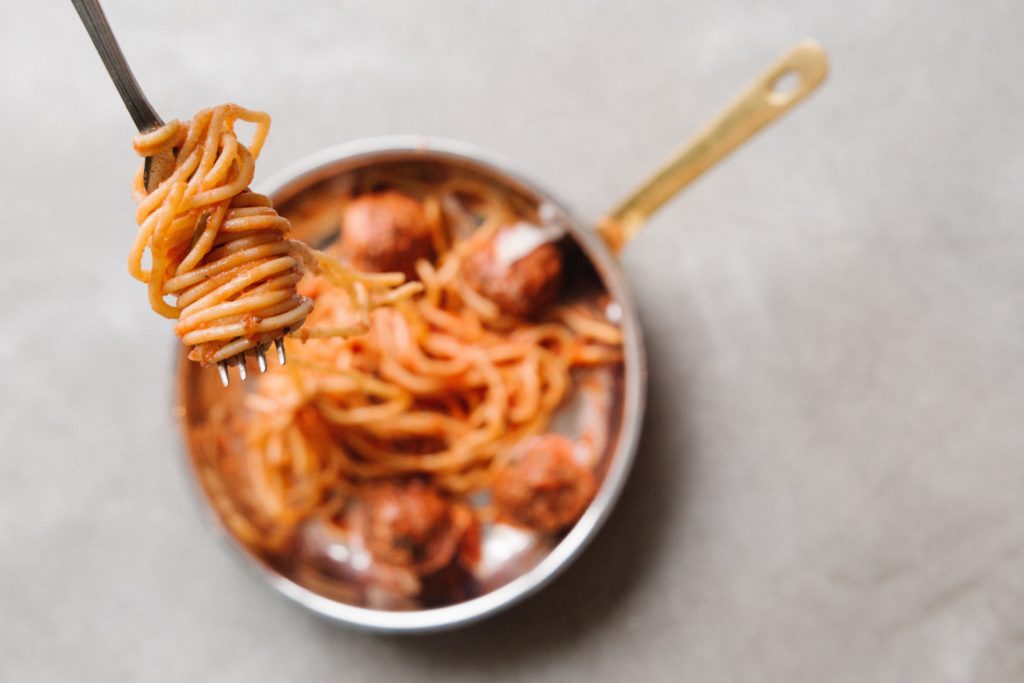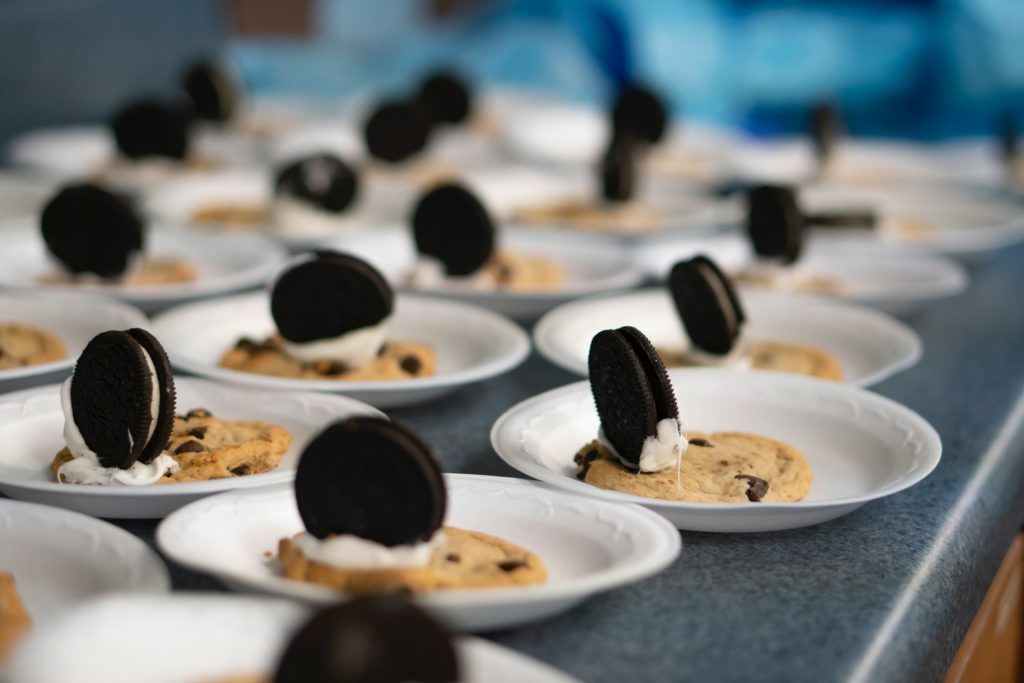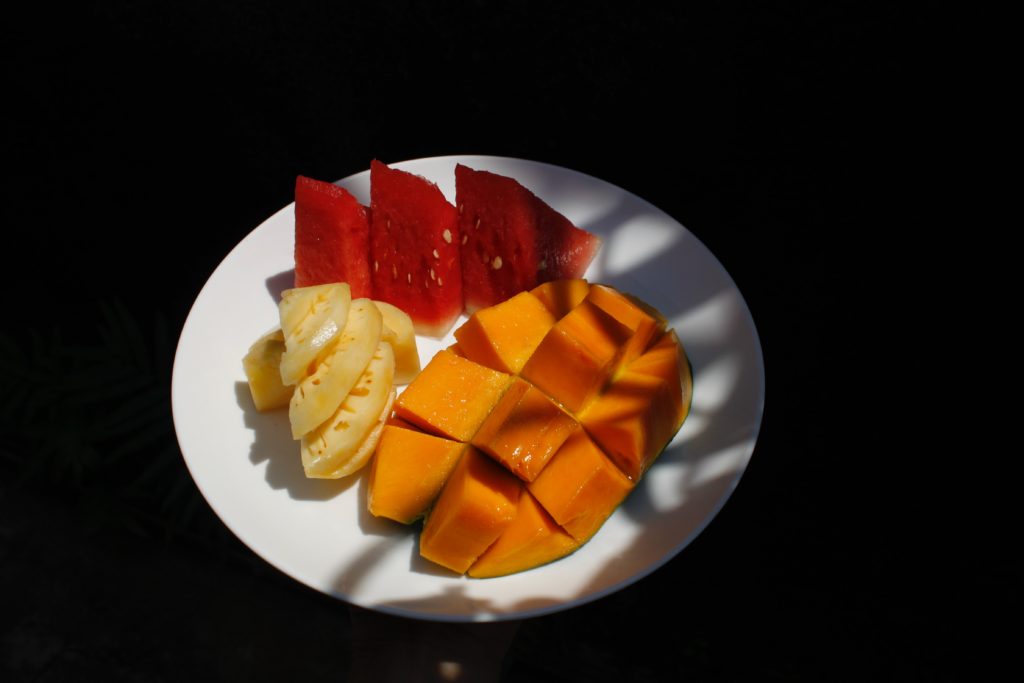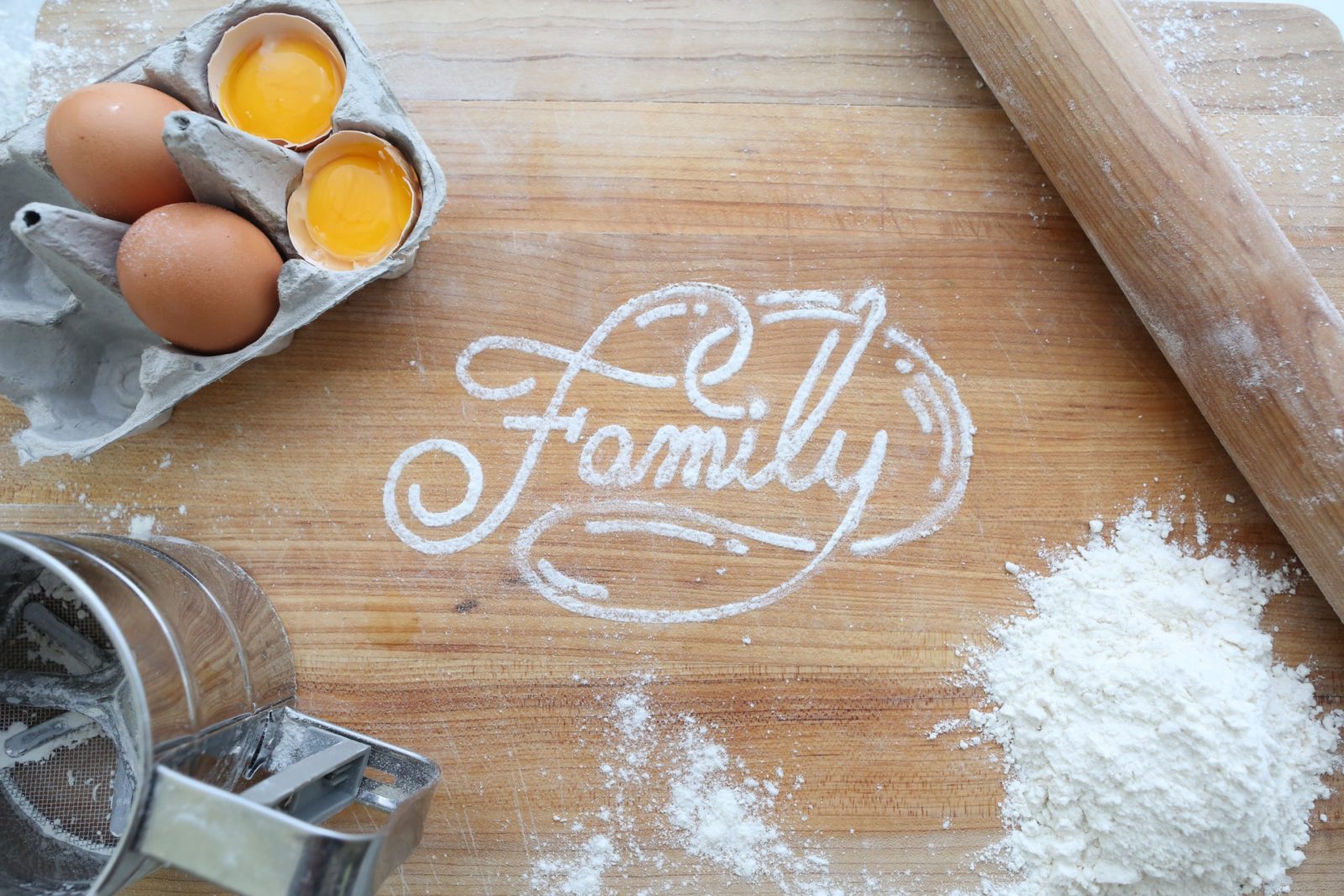
The pandemic marches along, and we do what we can to get out of its way. We don masks to block it from out bodies, and we wash our hands like maniacs. We keep distant from one another. For many of us, that means goodbye gyms, dance clubs, yoga studios, sporting events, comedy clubs, live music, theater. Sadly, the list grows long.
The remove from so much spontaneous and random human contact is cause for mourning. When we all can bid goodbye to COVID-19, the worldwide gatherings just might shake earth.
Hunting for silver linings, even amidst such tragedy and carnage, takes work. They do exist, however.
A big silver lining revolves around family. Yes, for many of us the dramatically increased time together sometimes drives … us … nuts. But one day, long after we are done rattling the planet with our post-COVID celebrations, we will look back and think: Some of that close family time was special.
This brings us to tea. Across Asia and the United Kingdom, tea is much more than a simple beverage — a means to quench thirst or stimulate with caffeine. Instead, in many cultures and communities tea brings together families, as well as friends.
It serves as a kind of social glue in our home, that’s for sure. Breakfast, lunch, mid-day breaks, dinnertime, before bed — we drink tea together across the day.
Our advice to your family, even if it’s just two of you? Use tea breaks as an excuse to get together all day. But first, review our plan.
Tea Time Is Family Time

Breakfast
Time to wake up! It’s one thing to literally “wake up,” by lifting bodies from beds. But many of us shuffle like zombies until we have downed our first caffeinated beverage of the day.
Some of the first teas we brew, while we wander through that half-asleep twilight zone between bed and kitchen, are our Organic Rocky Mountain Breakfast, and our CHA Awake.
Rocky Mountain Breakfast is a blend of two strong black teas: Assam from Northern India, and Keemun from from China’s mountainous Anhui Province. Both regions stand as classic for tea cultivation: mild climates, abundant rain, cloud-encircled mountains and deep forests. The best teas in the world generally flourish in places like this.
If you are familiar with teas like English and Scottish Breakfast, then our custom blend will taste familiar. Our Organic English Breakfast, for example, includes black teas from Sri Lanka, China and Tanzania. The blend for our Scottish Breakfast? Assam, Keemun and Orange Pekoe.
We collaborated with the University of Colorado’s Center for Humanities and the Arts, CHA, (which coincidentally means “tea” in China) to craft our eye-opening CHA Awake blend.
CHA combines black tea from China’s Yunnan Province, Ripe Pu-erh (which also comes from Yunnan), organic orange peel and organic cinnamon. We absolutely adore the combination of strong dark tea with the punch of cinnamon and the perfume and tang of orange peel.
CHA awakens all of our senses. It’s routinely a morning go-to tea for all of us.
Lunch

People across Morocco sip mint tea throughout the day, including with meals. We think it’s a wonderful tradition. Moroccan Mint Tea now is a standard accompaniment to our lunches.
For our kids, that normally means spaghetti and meatballs. It’s not exactly Chinese. In many ways, however, it is familiar. Chinese people invented wheat noodles, and they are extremely popular in many provinces. And we love meatballs, too! Only instead of fennel, basil and Parmesan for flavoring, Chinese people might incorporate Five Spice Powder, ginger and soy sauce, among other things. Our kids? They want the Italian way.
And they want that mint tea, too.
Our Organic Moroccan Mint Tea rests on a foundation of spearmint, which we think is especially delicious for mint tea. But as with classic Moroccan mint tea, it also includes gunpowder, a kind of Chinese tea also called Zu Cha (or pearl tea), that is smoky, strong and formed into small pellets that look like gunpowder.
The combination minimizes the caffeine, as much of the blend is mint. But it offers just enough to stimulate the mind and body during and after lunch.
3 O’Clock Tea Time

We like gathering when we can around 3 o’clock, even if it’s just the two of us parents while the kids are in school (this year, who knows!?). For us, this break isn’t about revving the engines. Instead, we use tea to chat about the day, even if just for 15 minutes, and to begin easing us towards the evening.
To that end, we rely on teas like Organic CHA Relax (another one of our custom blends) and Vanilla Rooibos.
Like our standard CHA tea, CHA Relax reflects our partnership with CU’s Center for Humanities and the Arts. Only this time, instead of using black teas, which provide energy, we turn to ingredients like green rooibos, a South African shrub. Rooibos offers lots of electrolytes and vitamins, which your body begins to crave in the late afternoon. Many people drink it, too, for energy, even though it does not contain caffeine.
The blend also involves gingko, which research repeatedly shows has benefits for mental clarity and activity (and we all know that around 3 every day the mental machinery often begins to lose its oomph). In addition, gingko is good for blood circulation, which also can begin to flag late in the day. Elderflower, chamomile and spearmint round out the blend, offering calming properties to the tea.
The kids are fine with CHA Relax. But they really love our Vanilla Rooibos. Even more, they thrill to dunking Oreo cookies in their hot mug of vanilla rooibos when we bring up 3 o’clock tea. The Oreo thing isn’t exactly our … cup of tea … but if it compels the kids to join us for a break, we’re all for the treat.
The tea includes rooibos, which we already know is perfect for the 3 o’clock blues. In addition, it offers real Madagascar vanilla, calendula and almond slivers. We think of vanilla rooibos as one of our most dessert-friendly teas. The tea itself isn’t sweet, but it pairs beautifully with desserts. We parents just love sipping it on our own, too – minus the Oreos.
Evening tea

We don’t always drink tea with dinner. But we often brew a pot of Shou Mei (white tea cake) to sip after the meal, along with melons, cherries, peaches and other fruit.
Chinese people often drink Shou Mei, which means “Old Man’s Eyebrow,” after evening meals. This unique tea from Fujian Province is famous for its myriad medicinal benefits, including boosting the immune system, improving skin complexion and offering mild body detoxification.
Our postprandial amusements begin with brewing Shou Mei in one of our Yixing clay pots.
These special pots, made from minerals mined from the Yixing Province and ground into powder before being formed into clay, are highly prized by people across China and around the world. They get passed down between generations — as they get used and they age, the pots ripen and evolve, lending unique flavors to glasses of hot tea.
After we brew the tea, the kids then begin regaling us with some of their favorite jokes. A recent zinger? “What is a fish with ten eyes? It is fiiiiiiiiiish!”
Maybe they have futures in stand-up comedy. First, though, those comedy clubs must open again!

